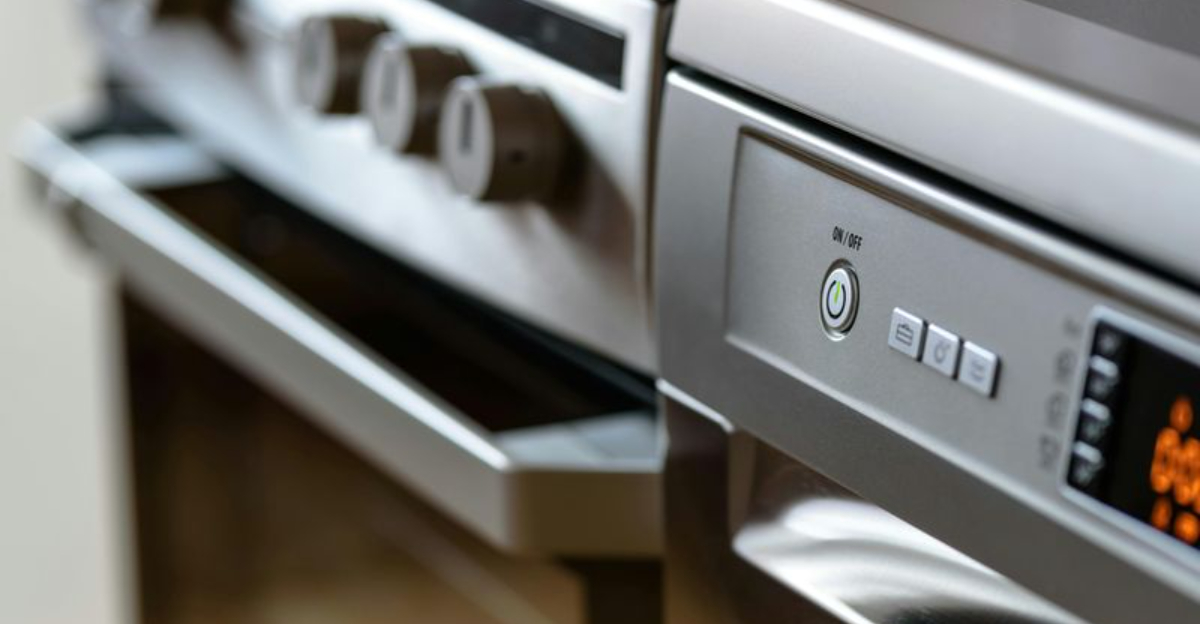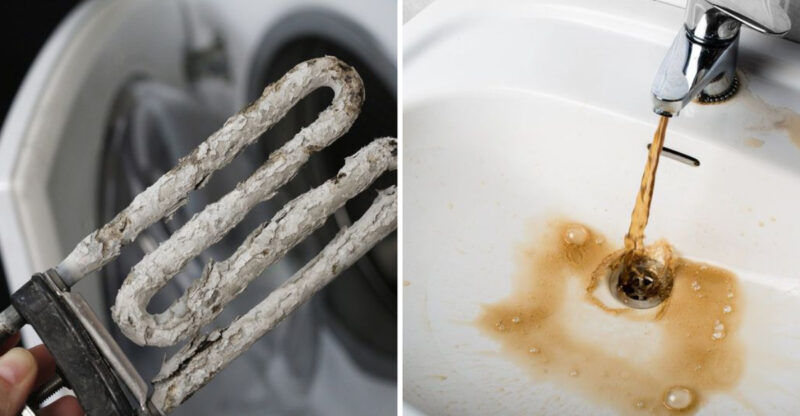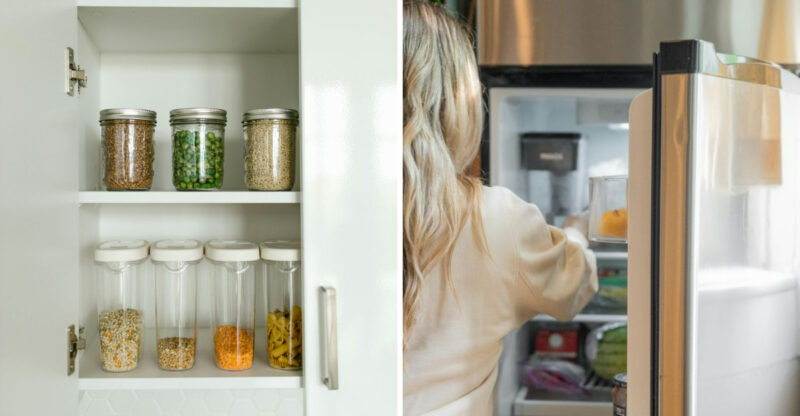The Home Appliances That Can Use The Most Electricity

Ever wonder why your electricity bill skyrockets some months? The culprits might be hiding in plain sight throughout your home.
Many everyday appliances silently drain massive amounts of power, dramatically impacting your energy costs. Understanding which household items use the most electricity can help you make smarter choices about when and how to use them.
Actual energy consumption varies depending on appliance type, age, efficiency rating, and usage habits. For personalized guidance, review your utility statements or consult a licensed electrician.
1. Electric Water Heaters
Your hot showers come with a hefty price tag! Electric water heaters typically consume between 3,000-5,000 watts when running, making them one of the biggest electricity users in most homes.
The constant heating and reheating of water throughout the day adds up quickly. Lowering your water heater temperature just 10 degrees can save 3-5% on energy costs without sacrificing comfort.
2. Central Air Conditioning
Summer comfort doesn’t come cheap! Central AC systems gobble up a whopping 3,500 watts per hour on average, accounting for nearly half of summer energy bills in hot climates.
The compressor works overtime during heat waves, sometimes running non-stop. Each degree below 78°F adds about 8% to your cooling costs, making temperature settings crucial for managing electricity use.
3. Electric Clothes Dryers
Tossing wet clothes into the dryer might seem harmless, but these machines draw a shocking 3,000 watts during operation! A family running 5 loads weekly spends roughly $100 annually just drying clothes.
The heating element consumes most of this power, working hard to evaporate moisture. Clean lint filters can reduce energy use by 30%, while using moisture sensors instead of timed drying prevents unnecessary operation.
4. Electric Ovens And Ranges
Preheating that oven for dinner? You’re firing up an appliance that pulls 2,500-5,000 watts! The heating elements work intensely to reach and maintain cooking temperatures.
A single hour of baking can use more electricity than running your refrigerator all day. Surprising fact: self-cleaning cycles consume even more power, using temperatures around 900°F to turn food residue to ash.
5. Refrigerators
Unlike most appliances, refrigerators never get a break! They typically use 150-200 watts continuously, adding up to about 2,000 kilowatt-hours yearly despite their modest power draw.
The compressor cycles on and off throughout the day to maintain cold temperatures. Older models can use twice the electricity of newer ENERGY STAR versions, making them sneaky budget-drainers in many kitchens.
6. Pool Pumps
Swimming pools look serene but hide a power-hungry secret! Standard pool pumps consume 1,000-2,500 watts while running, often for 8+ hours daily during swim season.
These workhorses circulate thousands of gallons through filtration systems to keep water clean. Variable-speed pumps use up to 75% less electricity than single-speed models, potentially saving hundreds yearly while still maintaining crystal-clear water.
7. Desktop Computers
Gaming PCs and high-performance desktops silently sip 200-500+ watts, especially with powerful graphics cards and multiple monitors. Left running 24/7, they can consume more electricity than some refrigerators!
The power supply converts AC to DC electricity, generating heat in the process. Sleep mode reduces consumption by 90% compared to active use, while modern laptops typically use 80% less electricity than desktop equivalents.






